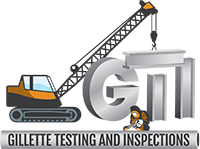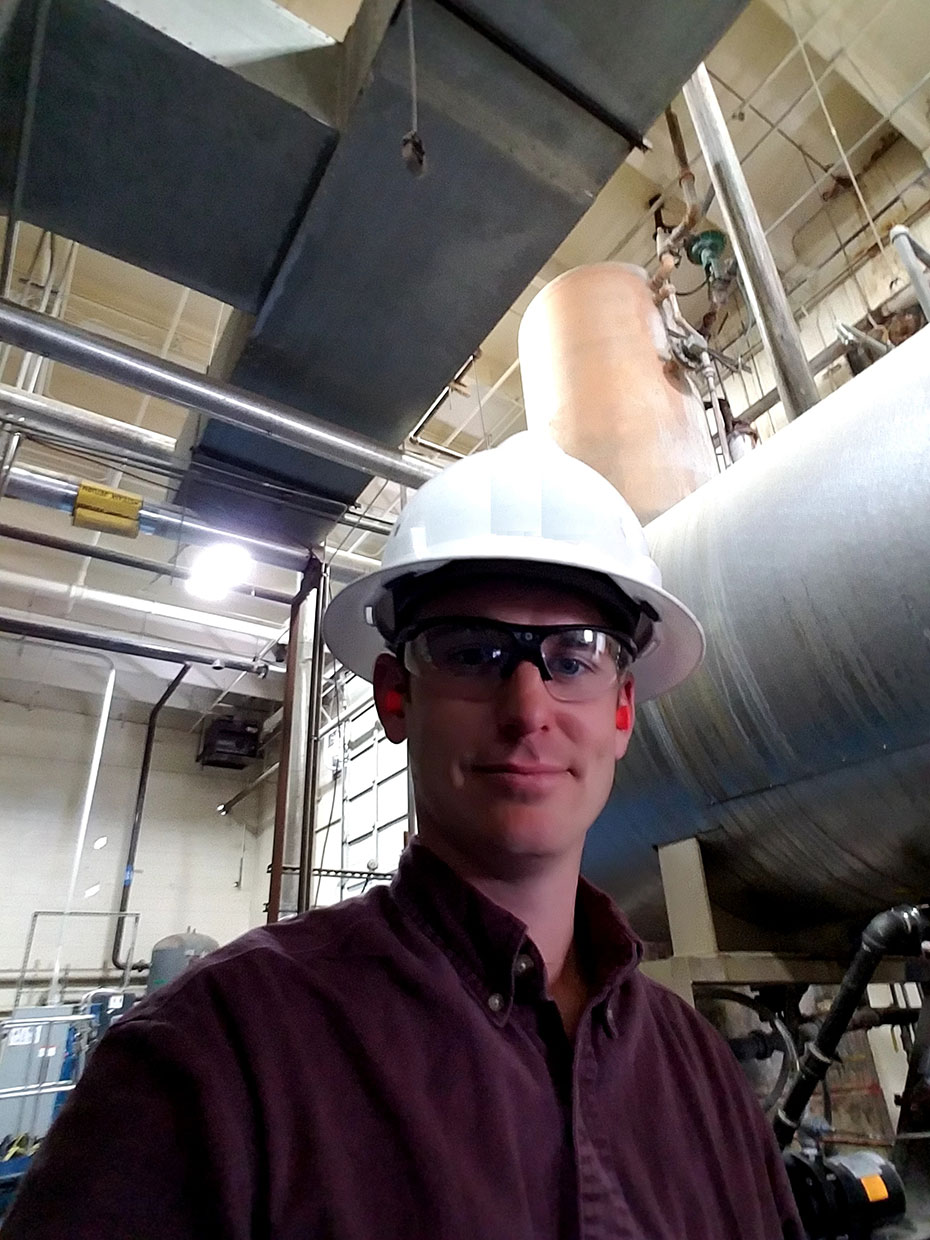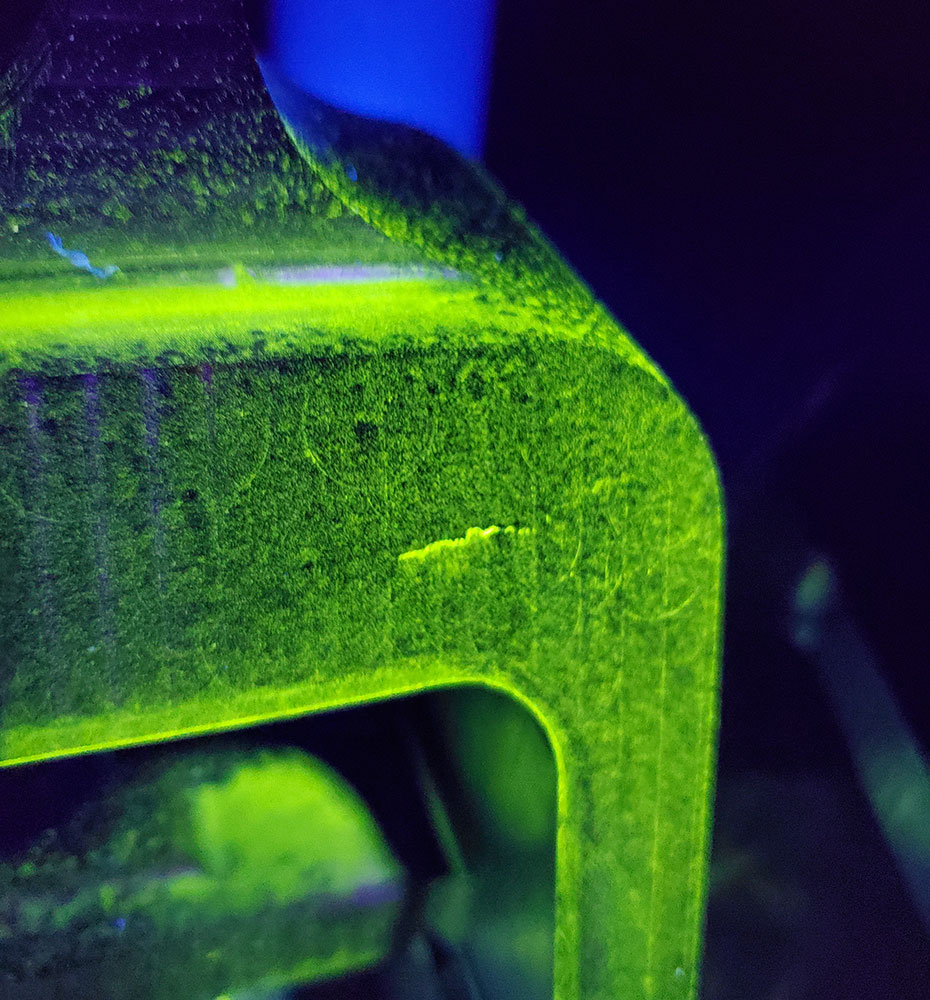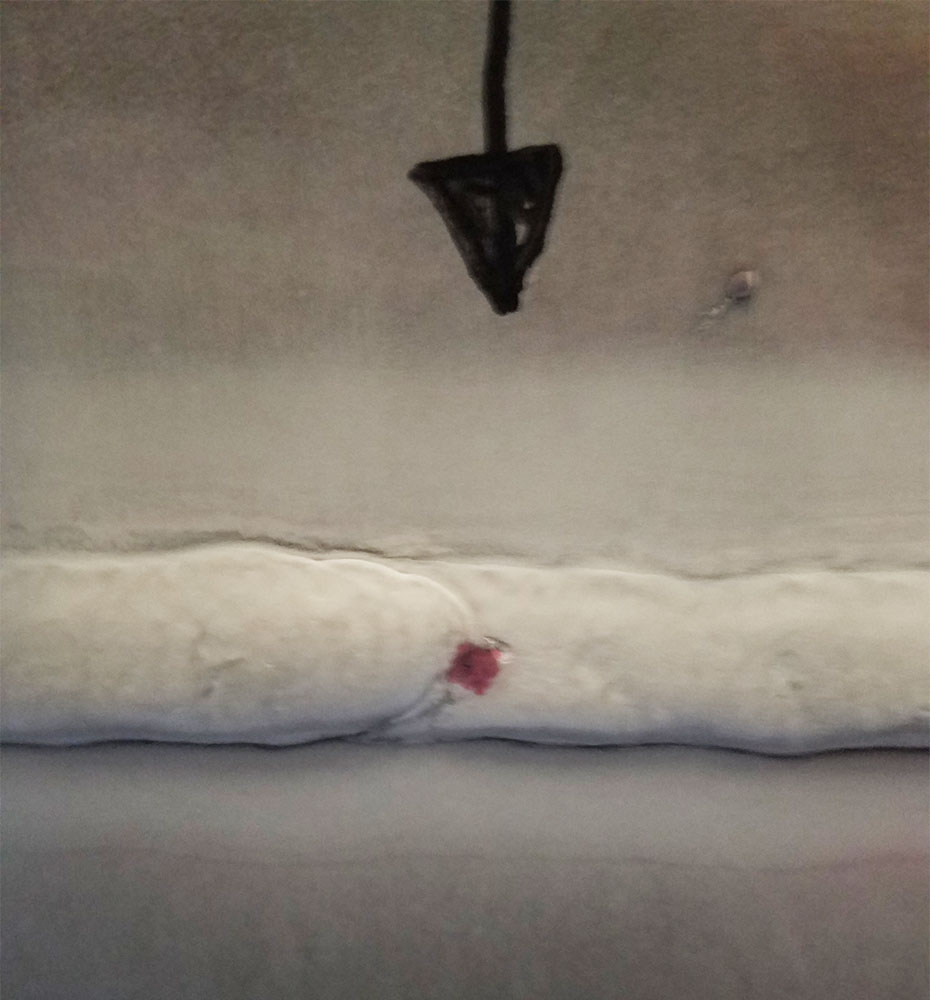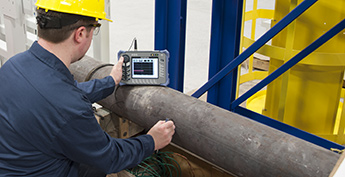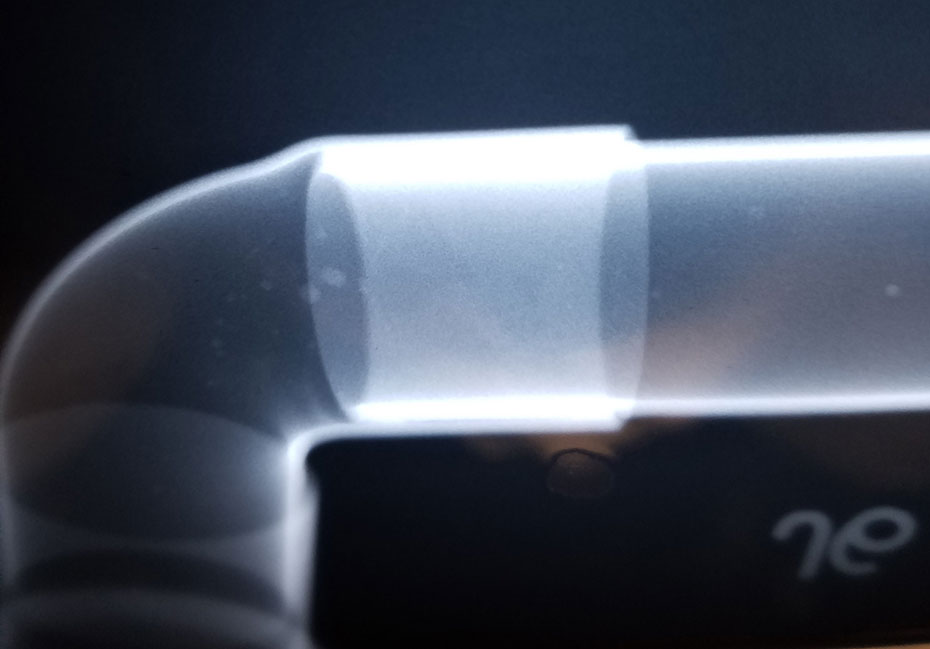VT
Visual inspection examinations are conducted by highly trained individual using near sight or optical tools to enhance the surface inspection of structural welds, tools, threaded connections, castings, forgings or other machined parts.
Certified Welding Inspectors can offer consulting and documentation writing for welding procedure specification, procedure qualifications records and testing, welder qualification and testing.
